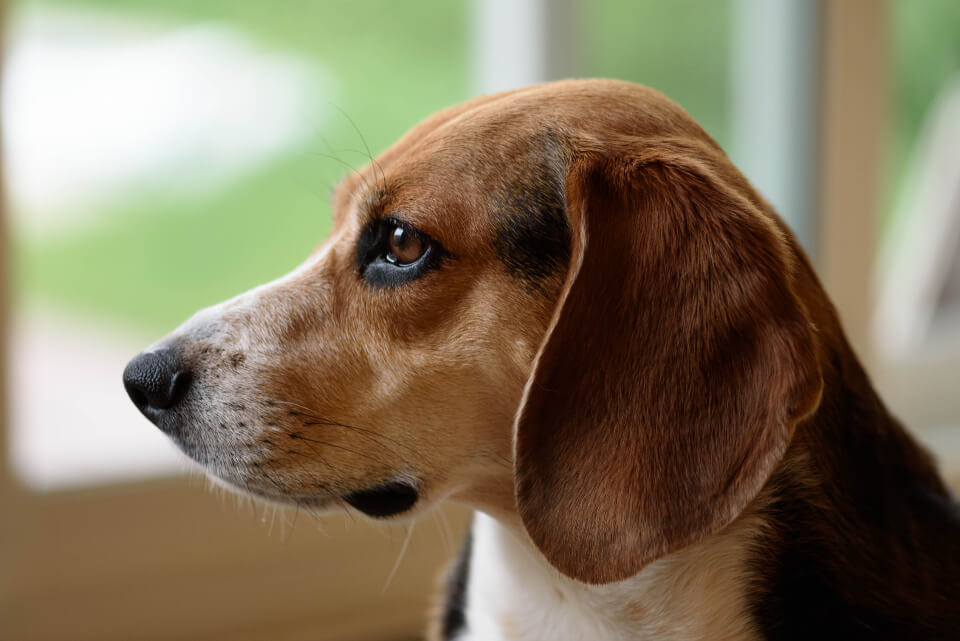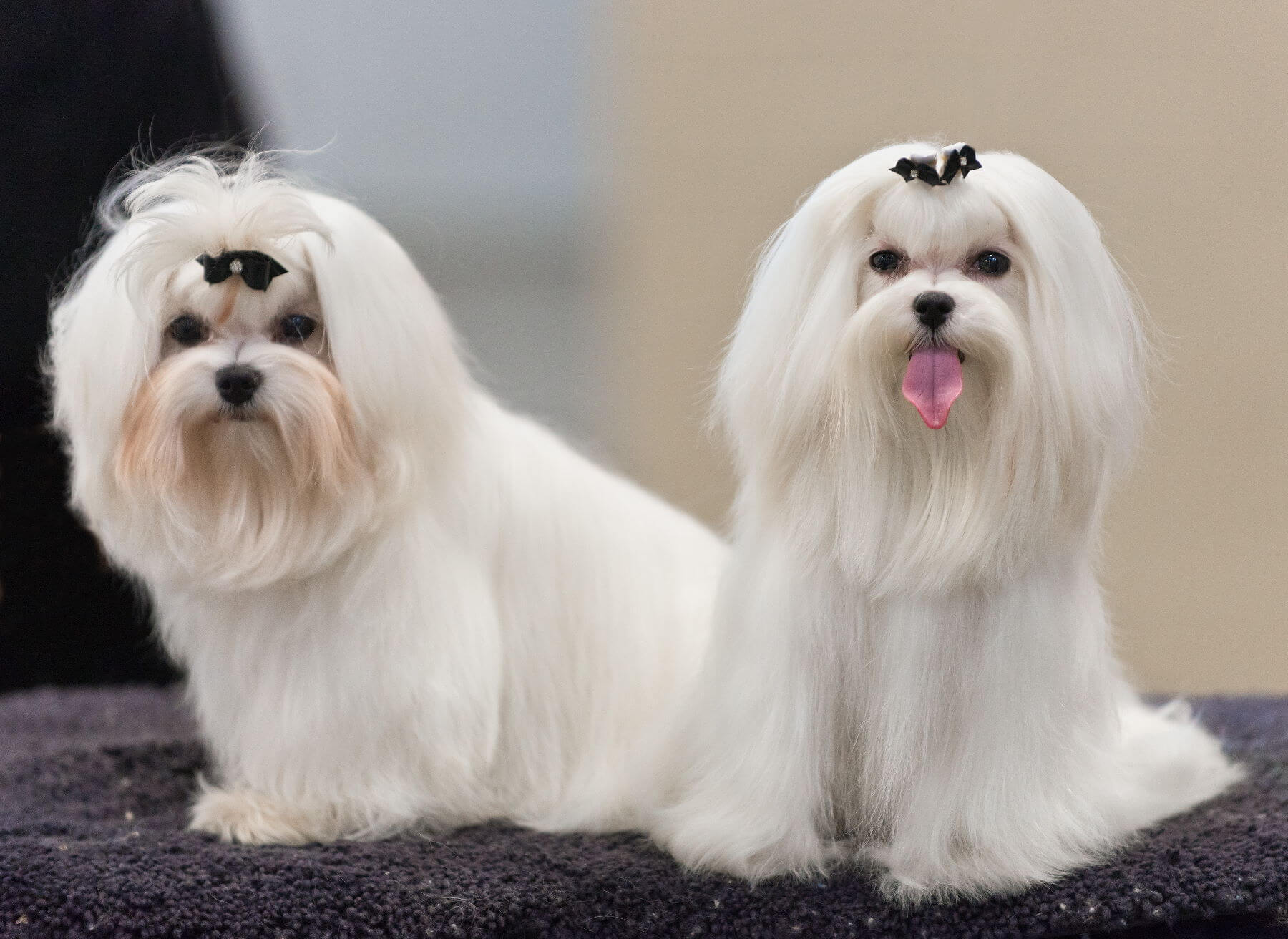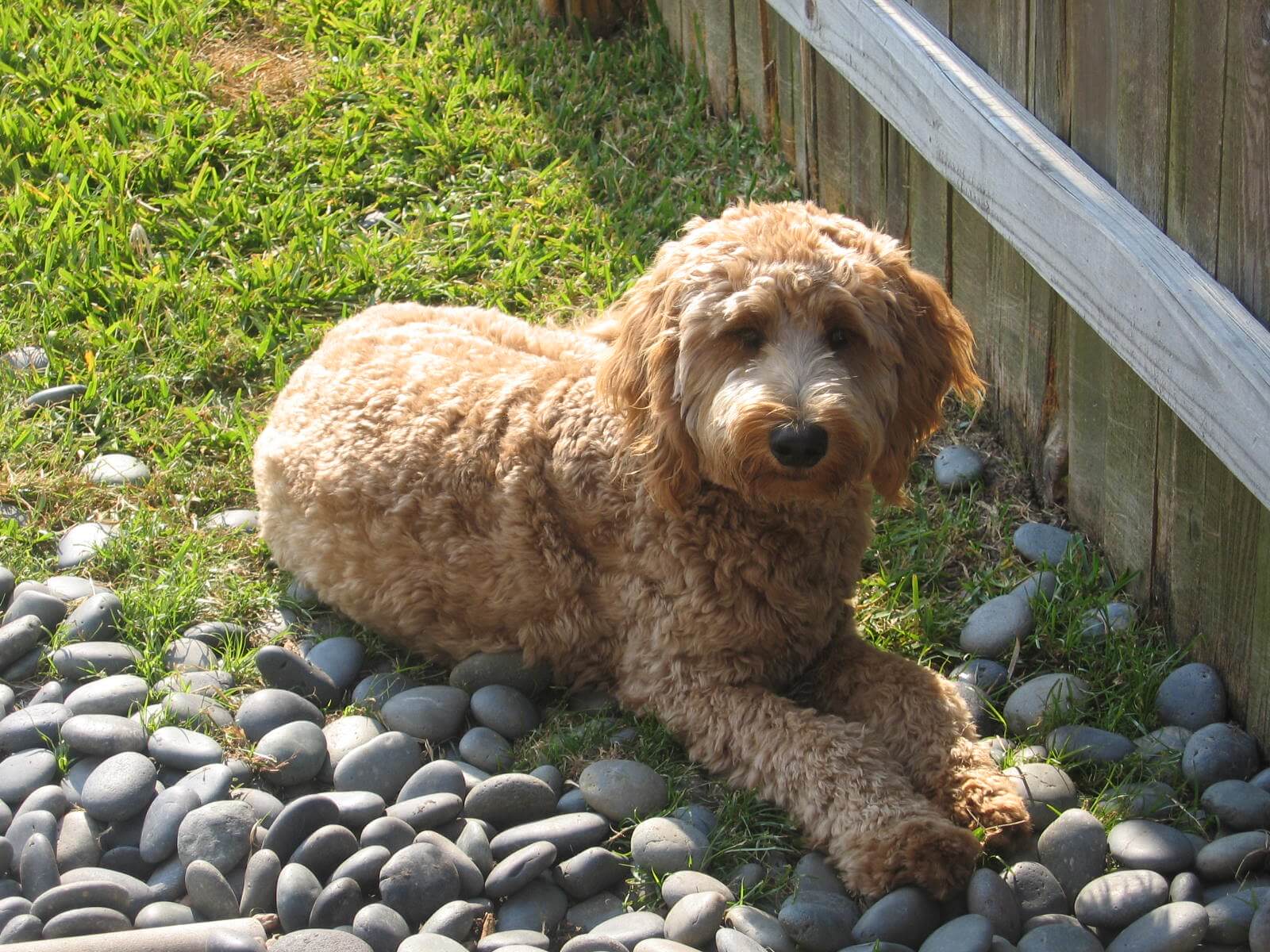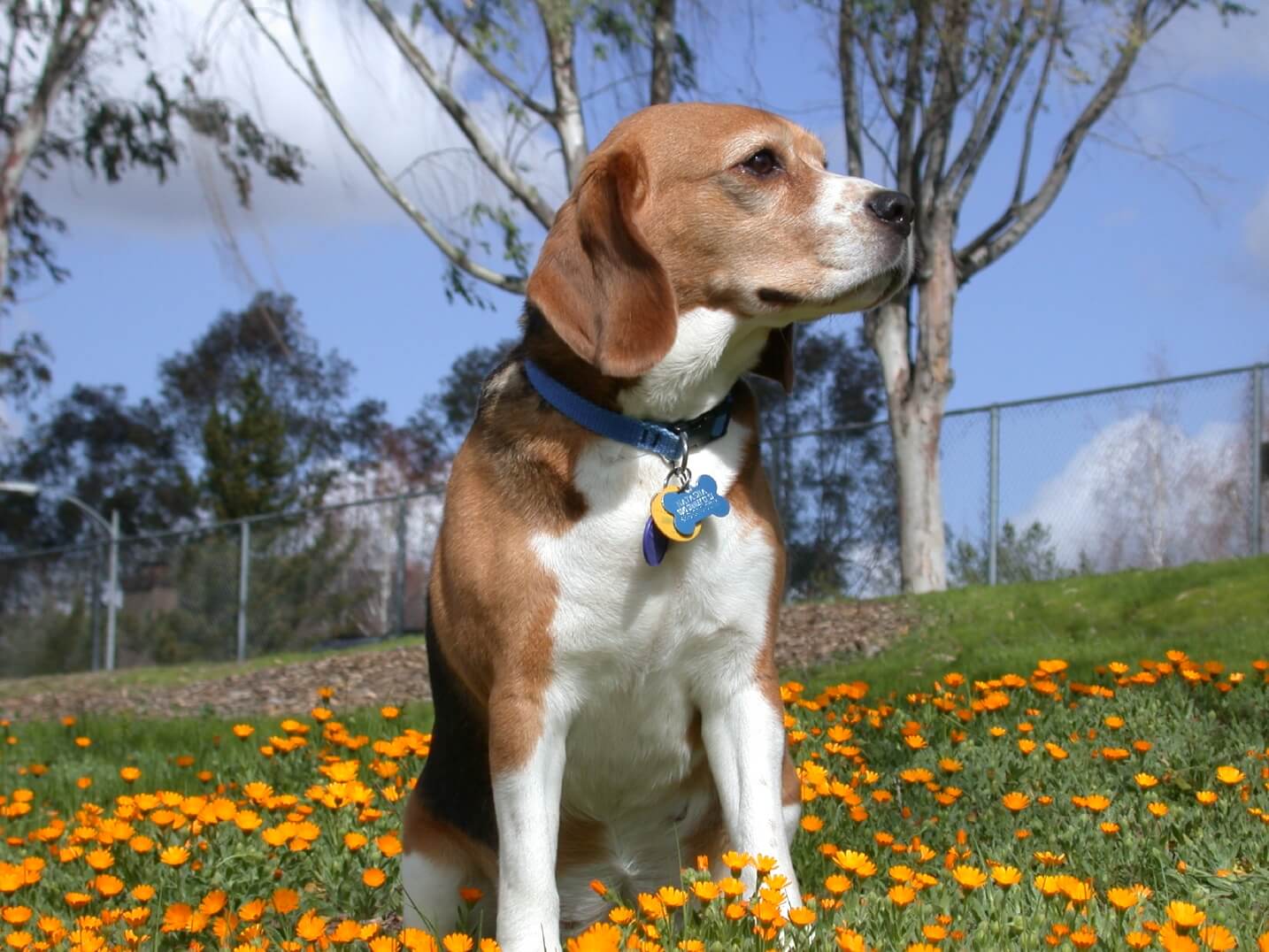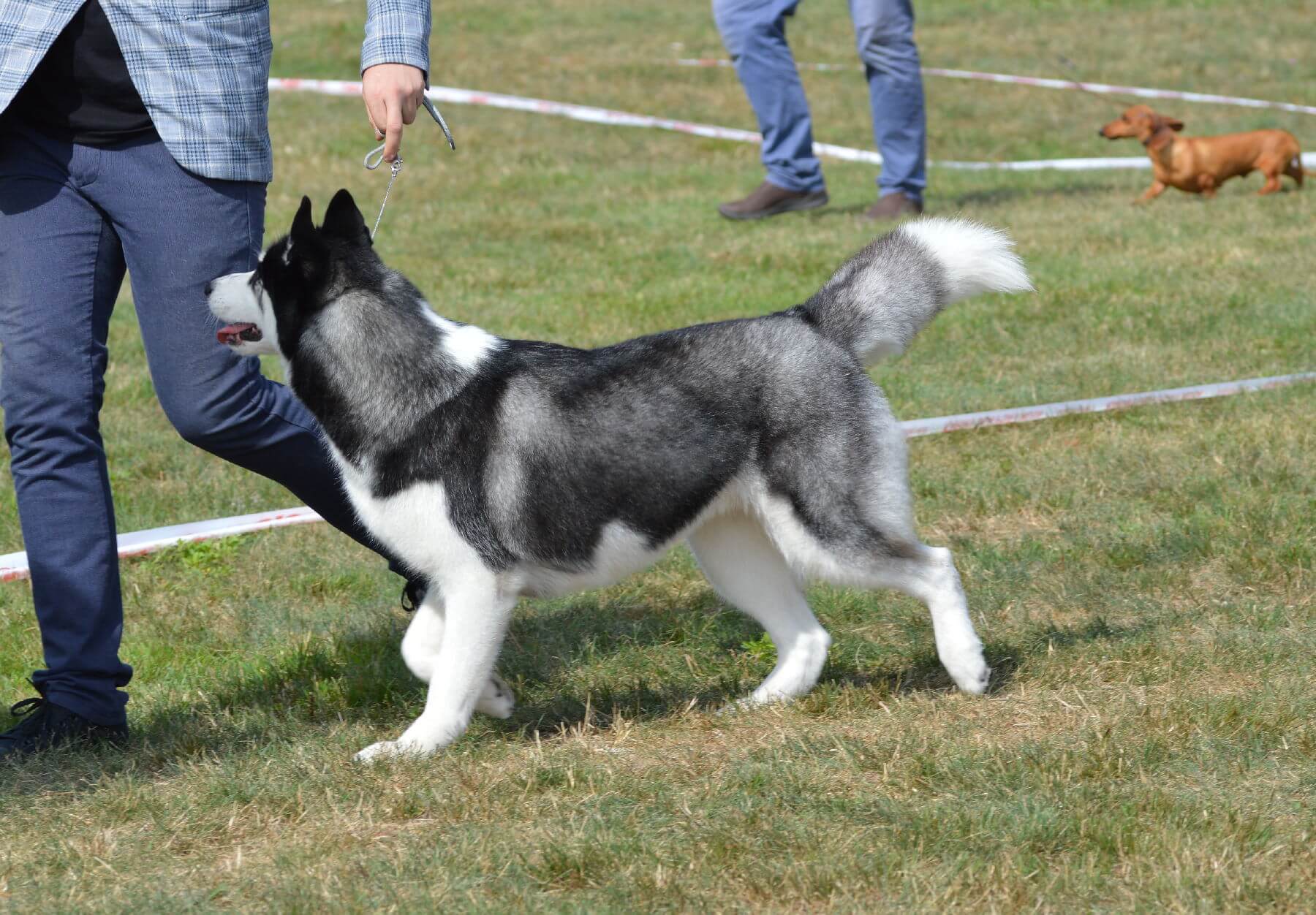It’s easy to see why the Alaskan Malamute is often described as one of the world’s most beautiful dogs. These striking canines with their snow-white fur and fluffy tails are right out of the pages of an adventure novel. Many famous writers clearly felt the same as the breed appears in several iconic novels.
While the Alaskan Malamute is frequently mistaken for the Siberian Husky – both are sled dogs – they are two distinct breeds. The Malamute is heavier, stronger, and with a deeper chest and broader shoulders. Where Huskies are fast, Alaskan Malamutes are powerful. Despite their substantial strength, these dogs have a gentle temperament and an almost stately demeanor.
Let’s take a closer look at some Alaskan Malamute facts and see what we can learn about these hard-working canines.
Navigation
10. Alaskan Malamutes Were Domesticated By Inuits
It’s surprisingly rare for a dog breed to be named after a country or region and also originate from that location. Alaskan Malamutes are an exception because they are thought to be descendants of Alaskan hunting dogs domesticated by the Kobuk group of Inupiat Inuits residing in upper western Alaska.
These early ancestors were known as the ‘dogs of the Mahlemut’ which is where the breed gets its name. They served many roles within the Inuit community such as hunting large predators like bears and pulling sleds for miles across the ice. This was a symbiotic relationship and, without their furry companions, the Kobuk would surely have struggled to survive in the unforgiving Arctic Circle.
09. Are Big…Really Big
The Alaskan Malamute is the largest of all the Nordic sled dog breeds, bigger even than Siberian Huskies. The average male stands at 25 inches from the shoulder and weighs approximately 85lbs. Female Malamutes are a little smaller at an average of 23 inches and 75lbs. It is not uncommon for dogs with more muscular genes to reach upwards of 100lbs.
There are some rare cases of Alaskan Malamutes topping out at a staggering 140lbs. However, this is a result of atypical genes or aggressive breeding designed to produce so-called ‘giant’ dogs. This type of breeding can be dangerous as, even with all their natural strength, Alaskan Malamutes are not physically built to carry so much weight. With that said, be careful when your adorable Malamute decides to sit on you.
08. Make Slow Sled Dogs
This breed is sometimes used for Arctic sledding because its powerful frame allows it to tolerate long hours of hard work. Compared with the Siberian Husky, however, the Alaskan Malamute is a poor quality sled dog. The dogs’ mammoth size and weight make them significantly slower and better suited to battling seals and polar bears.
For this reason, Alaskan Malamutes are rarely used as working sled dogs today. They do compete in weight pulling and agility trials. Watching a 75lb dog hurdle gracefully over obstacles is an impressive sight. It makes it easier to imagine how these powerful animals once traversed the ice and plucked seals right out of their holes.

07. The Gold Rush Almost Killed The Alaskan Malamute
Between 1896 and 1899, an estimated 100,000 people migrated across the almost inhospitable Klondike region of northwestern Canada in the Yukon. They did so because reports of gold in the Klondike river sparked a rush of ‘get rich’ schemes. Thousands of Americans and Canadians quit their jobs and set off to go prospecting.
The terrain was harsh and there was increased demand for sled dogs to help prospectors across the ice. This resulted in Alaskan Malamutes being crossbred with other powerful dogs with such ferocity that the original Malamute nearly died out. Allegedly, the breed’s numbers reached lows of thirty-five before efforts were made to preserve it using working Mahlemut dogs from remote Arctic communities.
06. The Alaskan Malamute’s Coat Is Extraordinary
Firstly, these dogs shed like crazy. Alaskan Malamutes have two coats, the upper is a rough and weighty coat, the lower is a softer, denser coat for trapping heat close to the body. The breed sheds twice per year during which the upper coat falls off in clumps. It can be quite alarming for a first-time owner but it is perfectly normal.
Even with the ability to shed much of that top layer, Alaskan Malamutes struggle in hot temperatures. They can be kept in warmer climates but more planning and attention is required to ensure they don’t overheat. They must not be permanently housed outdoors and their indoor home should have air conditioning. Outdoor spaces should offer some shady spots and mostly consist of grassy surfaces because asphalt gets very hot.
05. Wonderful Singers
Perhaps the most recognizable attribute of the Alaskan Malamute breed is its distinctive echoing howl. Distinctive because it’s difficult to find a dog that howls more like a wild wolf. These canines are never crossbred with wolves (despite assumptions to the contrary). However, you can be forgiven for thinking so when you hear them sing.
All dogs are different and Alaskan Malamutes definitely can bark – some bark more than others – but it is a surprisingly uncommon habit. Most will yap or almost burble as if they’re chattering to their owners and each other. Almost all Malamutes howl though so prepare to explain to your neighbors why you’ve got a wolf in the backyard.
04. Are Friendly Teddy Bears
Due to his size, the Alaskan Malamute is sometimes mistaken for an aggressive or scary canine. Neither is the case. Malamutes are remarkably friendly and, unlike many other dog breeds, have no problem sharing a home with other animals. They can be tolerant of companion pets but need to be socialized at an early age if you’re planning to house them with much smaller dogs or cats.
The breed has an exceptionally strong prey instinct which is why dog owners are advised to leash Alaskan Malamutes at all times in public spaces. They will chase smaller animals and you will regret not listening to the advice. If socialized early, they can get on very well with children. The only problem is they don’t know their own strength. It is not uncommon for Malamutes to injure children simply by knocking them over.

03. Are Rough And Tumble Pals
The friendly, playful Alaskan Malamute is a huge, powerful dog breed with almost no aggression. We’re serious; these dogs make terrible guard pets. To those meeting them for the first time, they can seem a little scary particularly outdoors. These dogs love to bound, leap and gamble around. Unless you train them to respect your boundaries, they will try to wrestle you.
For energetic owners, it’s all part of the fun of owning a fearless, funny dog. The breed is probably not a good choice of pet for anybody with health issues that impair their mobility. These dogs need a great deal of exercise – they love long walks – and they’re extremely tactile. They like to roll around and play rough with their humans. Make sure to train your Malamute to listen to commands and stop when you say so.
02. Alaskan Malamutes Need A Leader
These dogs are very much a pack breed. Their early descendants were pack animals and some degree of pack hierarchy remains. Though historical efforts have been made to fully eliminate this instinct and replace it with a gentler desire for companionship, the Alaskan Malamute shows his roots in stubborn behaviors.
Like most hunting breeds, he requires early obedience training and socialization. If not properly trained, these dogs can become destructive and frustrating. Though rarely aggressive, they will dominate households if leadership is not shown. Training can be tough but consistency is the key. Remain patient, give clear signals and trust that your dog will eventually show progress. He will. It just might take a little while.
01. High Maintenance
There are some very clear requirements for owning an Alaskan Malamute. For instance, owners must be able to walk these dogs for at least 45-60 minutes every single day. In addition, they need another hour of stimulation and physical play. If they do not get this, Malamutes can develop destructive behaviors and/or become depressed.
You must have the means to buy enough high-quality food for your canine and, considering his size, this won’t come cheap. These are very high maintenance dogs and they need committed owners who understand and appreciate their drive to be active.
Every year, dog rescue shelters accept Malamutes from families who cannot tolerate their boisterousness. Think carefully about owning one of these large dogs as a pet. He deserves to live a full and rewarding life.


